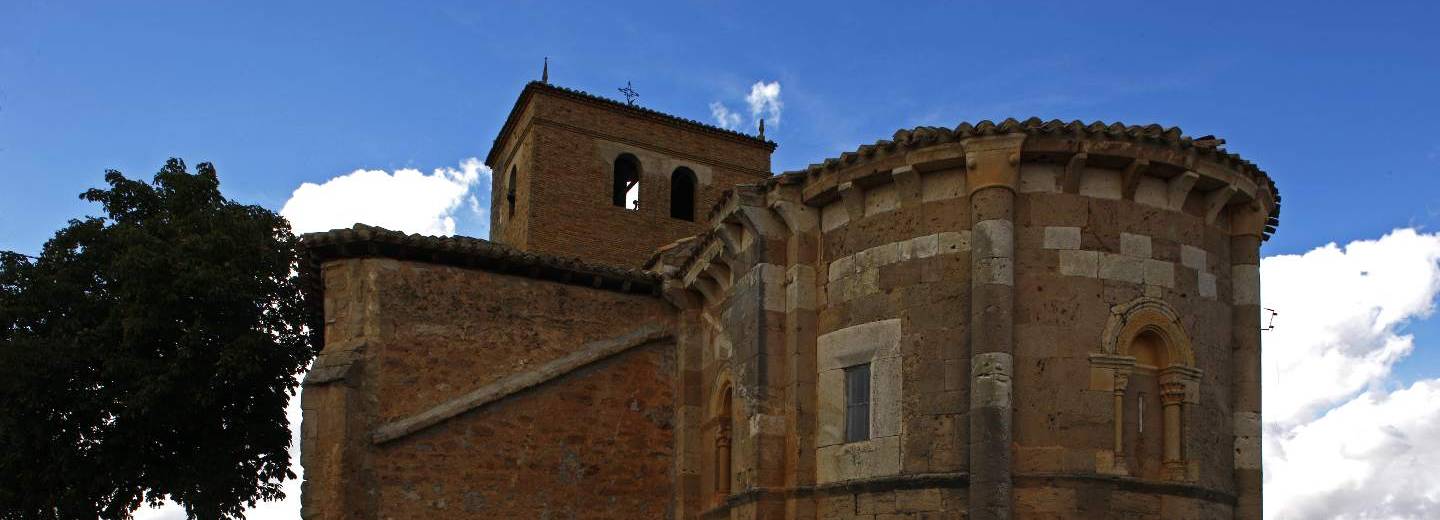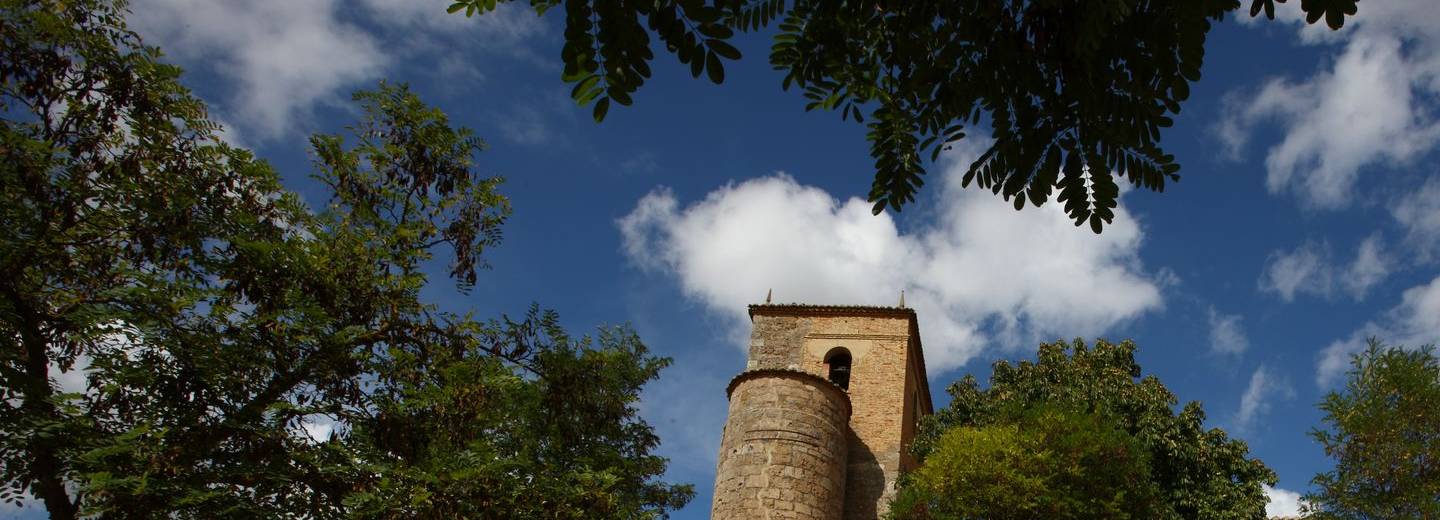Castilla Canal
Lock No. 10 Canal de Castilla
Standing on the Castilla Canal, visitors can admire the Lock No. 10, a superb example of hydraulic engineering. One of the major feats of Spanish civil engineering in the 18th and 19th centuries, it was built to link the interior of the Iberian Peninsula with the North and to transport the wheat grown in Castile.
The idea was first put forward in Spain by Bartolomé Bustamante in 1549, receiving the support of Ferdinand VII, yet it was not until 1735 that a project, under the name ‘A General Project for Navigation and Irrigation Canals for the Kingdoms of Castilla y León’, was drawn up for the construction of four canals in Spain. Although the appearance of the railways prevented the project from being completed, it did provide essential irrigation canals for agriculture. Other sites of interest include the churches of San Bartolomé and San Martín and La Campesina Bridge.















